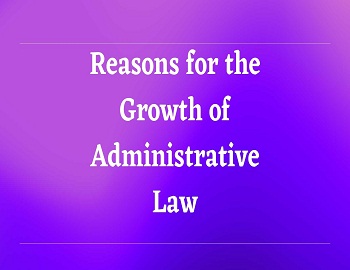Table of Contents
Social Environment and Public Administration:
The human factor in Public Administration is the product of society. The administrators have the values, ethos, and traditions of the society before joining public service. Society has already given them particular personalities and values before they come forward to take up their assignments in Public Administration. The attitudes developed in the social milieu influence their decision in public service. In this way, the social norms and the environment of that class group from where they come from influence their decisions and actions. Social links, social awareness, social commitments, a sense of social responsibility, and social status are important factors of human behavior in Public Administration. The interaction between Public Administration and the social environment can be analyzed in two parts.
Role of Social Associations and Public Administration:
In all societies, particularly in developed societies, a large number of voluntary associations are at work in the social system. These associations and public administration influence each other in several ways.
The members of every association have their demands and they present these demands to the appropriate authorities. The channel for handling and managing these demands is constituted by the offices and officials of Public Administration. Each association tries to secure its interests by influencing the officials. The officials in the process come to know about the public opinion on various matters. Public Administration has to keep itself informed about the nature and demands of various associations and interest groups working in society. The associations also maintain a close rapport with the officials of Public Administration because they have to get their interests satisfied through them.
According to Riggs, “The consequences of the linkage with associations are of the utmost importance. A system of insistent pressures keeps the administrator alert and responsive providing him with information and making him conscious of the audience which stands ready to condemn or recommend.”
Class Structure:
Each society is a stratified society. It consists of several classes. Public Administration is affected by the nature of this class structure and inter-class relations. In a closed class system or castes, communal and group considerations influence the behavior of the administration. Ethnic pluralism is also a determinant of human behavior in public administration. Rich-poor and urban-rural gaps and mixtures, as well as regional differences and imbalances, all affect the nature and scope of the actions and decisions of the Public Administration.
According to Ralph Braibantis, “For the bureaucracy of Pakistan, the intrusion of caste, communal and religious considerations have been fundamental factors.” This observation also holds good in respect of Indian bureaucracy. Thus the role of culture and symbols in administration is also important in shaping administrative values such as consensus and equality. Caste and class distinctions have been important conditioning factors of Indian administration.
Further, the bureaucracy reflects and represents the strains and conflicts prevailing in the social system. If we have a faction-ridden and parochially oriented society, its narrow outlook and conditioned approach will surely be reflected among the civil servants. Reservations have been an input of Indian bureaucracy. It stands reflected in the working of the administration. It is the reality of the Indian administration.









Comments (No)